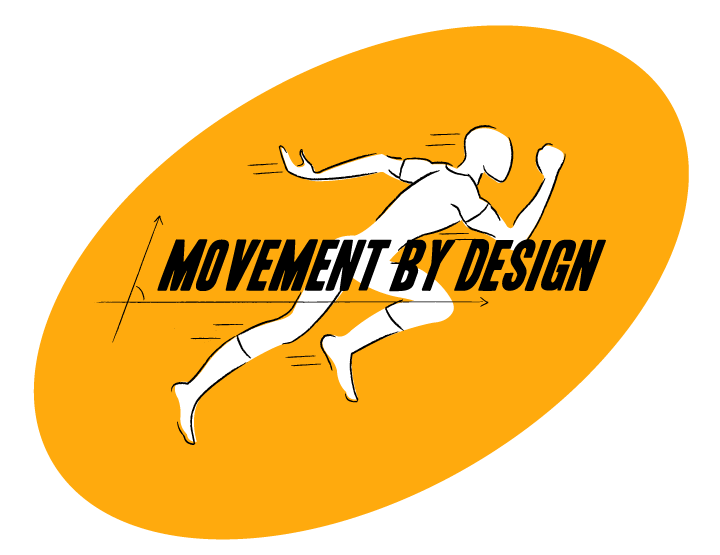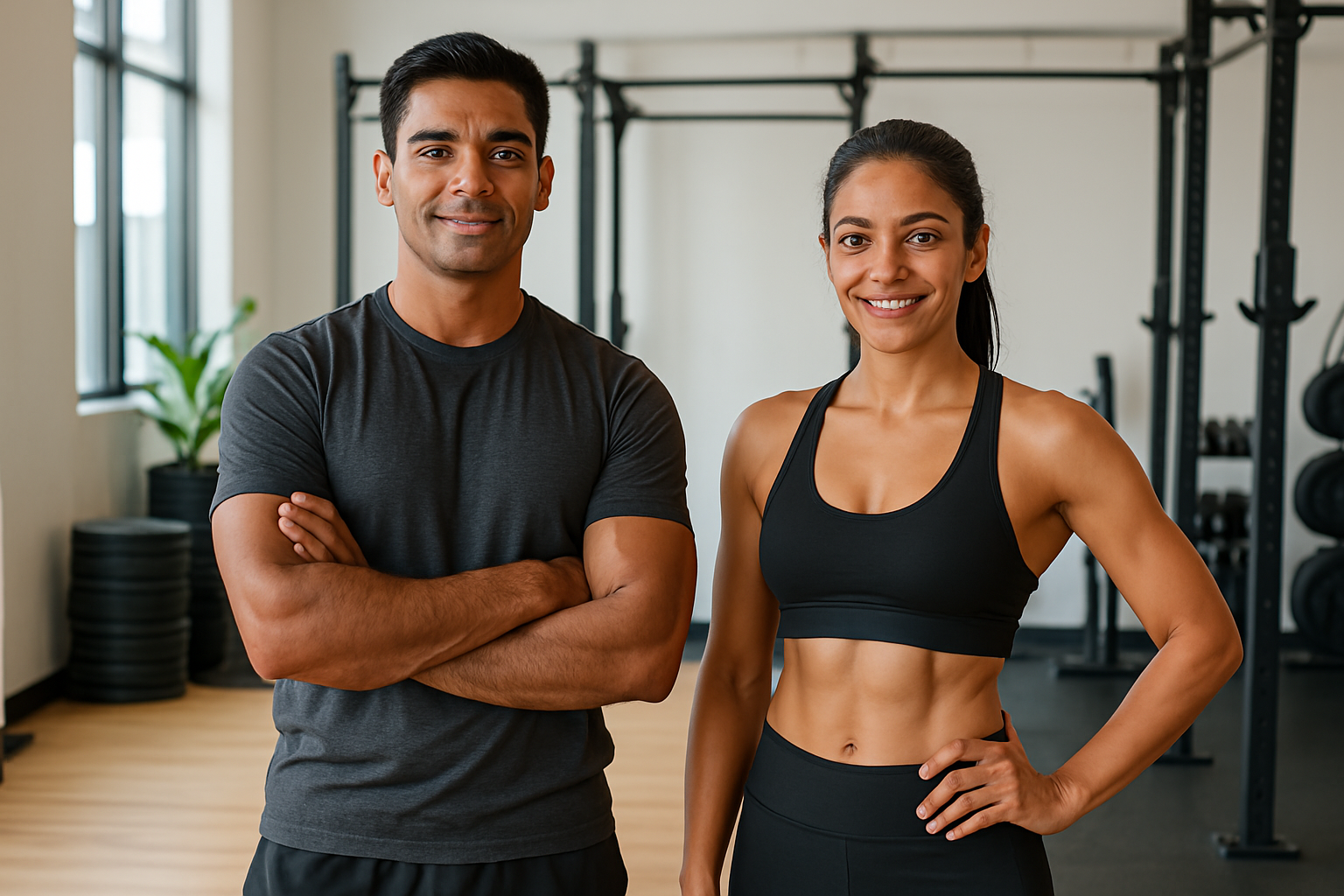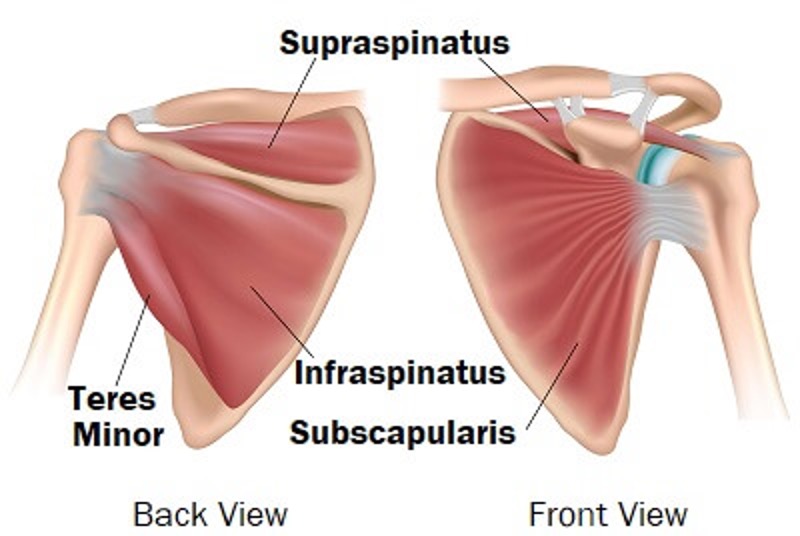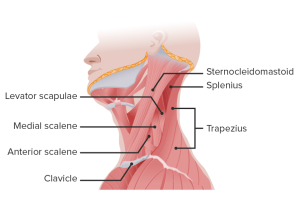There is so much of discussion and focus on the core. Every client wants to have a strong core and washboard abs. Here’s my attempt to throw some light on the muscles of the core and the functioning of the core.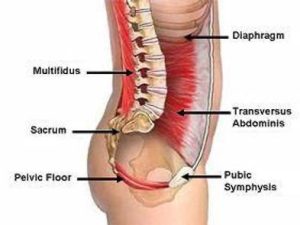

Did you know that the core muscles are the powerhouse of the body, providing stability, balance, and support for nearly every movement we make. The core muscles provide the foundation to the axial skeleton which allows the appendicular skeleton to work efficiently and without injury.
The core muscles play a vital role in stabilizing the spine, pelvis, and shoulder girdle, allowing for balance, posture, and smooth, coordinated movement. These muscles work together to support nearly every action we perform, from bending and twisting to lifting and stabilizing.
It might surprise you to know that there is:
• An Abdominal Core.
• A Cervical or Neck Core.
• A Scapula or Shoulder Core.
An understanding of the basic action and activation of these muscles could help us to train better, in a more targeted manner and understand the synergy between these muscles so as to move efficiently and with minimal risk of injury.
As part 1 of this 3 part series, let us look into these various core muscles starting with the abdominal core; probably the most hyped and focused on, set of muscles in the human body.
Located around the torso, the core includes the deep abdominal muscles (like the transverse abdominis), the obliques, the diaphragm, and the muscles of the lower back and pelvis. Together, they work as a stabilizing force, enabling smooth, efficient movement and protecting the spine.
A strong core improves posture, enhances balance, and reduces the risk of injuries in daily activities and sports. Unlike just focusing on visible “six-pack” muscles (the most superficial and sexiest looking of the core muscles, but alas, not as important functionally as we would like it to be), true core strength involves activating the deep stabilizing muscles that support functional movement. Training the core holistically can lead to better performance, reduced pain (especially in the lower back), and a more balanced, resilient body.
The core muscles stabilize the spine, pelvis, and shoulder girdle, supporting balance, posture, and movement in daily activities. Here’s an overview of key core muscles and their roles:
1. Transverse Abdominis: This is the deepest layer of the abdominal muscles, wrapping around the torso horizontally like a corset.
• Function: The transverse abdominis acts as a stabilizer for the entire lower torso. It compresses the abdominal contents and provides stability to the spine and pelvis, protecting them during movements. It’s crucial for maintaining good posture and balance.
2. Rectus Abdominis: Often known as the “six-pack” muscles, the rectus abdominis runs vertically along the front of the abdomen from the ribcage to the pelvis.
• Function: Primarily responsible for flexion of the spine, such as in sit-ups or crunches. It also assists with movements like bending forward and stabilizing the pelvis during activities. This muscle helps to control the tilt of the pelvis and the curvature of the lower spine.
3. Internal & External Obliques: Located on the sides of the abdomen, they assist in torso rotation, side-bending, and spine stabilization.
• Function: These muscles aid in rotating and side-bending the torso. When both sides contract, they help flex the spine forward. They also assist with maintaining abdominal tension and stabilizing the lower back during movement.
4. Multifidus: This is a deep, thin muscle that runs along the spine, attaching to each vertebra from the neck down to the pelvis.
• Function: The multifidus provides stability to each segment of the spine. It’s essential for maintaining upright posture and balance and protects the spine by resisting excessive movement. When these muscles are strong, they help reduce back pain and prevent injuries.
5. Erector Spinae: This group of muscles runs vertically along the spine on either side, extending from the base of the skull down to the pelvis.
• Function: The erector spinae muscles help extend the spine (such as bending backward) and are key for maintaining an upright posture. They also aid in side bending and rotation, providing overall stability to the spine.
6. Diaphragm: This is a dome-shaped muscle located at the base of the lungs, separating the chest cavity from the abdominal cavity.
• Function: The diaphragm is primarily responsible for breathing but also plays a role in core stability. It contracts and flattens to draw air into the lungs, and when coordinated with the abdominal and pelvic muscles, it helps create intra-abdominal pressure, which stabilizes the spine during lifting or straining.
7. Pelvic Floor Muscles: This group of muscles forms the base of the core, stretching like a hammock between the pubic bone at the front and the tailbone at the back.
• Function: The pelvic floor muscles support the organs in the pelvis and help control bladder and bowel function. They also assist in creating intra-abdominal pressure and work in tandem with the diaphragm, transverse abdominis, and multifidus to stabilize the pelvis and spine.
8. Quadratus Lumborum: The QL is located on each side of the lower back, running from the pelvis to the lowest rib.
• Function: This muscle helps with lateral flexion (side bending) of the spine and assists in stabilizing the lower back. It plays a crucial role in preventing spinal instability, especially during walking, standing, and bending.
9. Latissimus Dorsi: This large, flat muscle spans the middle and lower back, attaching to the spine, pelvis, and humerus (upper arm bone).
• Function: While primarily an upper body muscle, the latissimus dorsi contributes to core stability by connecting the shoulders to the pelvis. It helps with movements like pulling and stabilizing the spine during upper body and core exercises.
Core Muscle Functions: To summarize, the core muscles function together to provide
• Stabilization: Core muscles, especially the transverse abdominis, multifidus, and pelvic floor, work to stabilize the spine and pelvis, protecting them during movement and heavy lifting. Stability is crucial for reducing strain on the back and minimizing injury risk.
• Flexion & Extension: The rectus abdominis and erector spinae muscles allow the torso to bend forward and backward. Flexion occurs when you bend forward, while extension involves straightening the back or bending backward.
• Lateral Flexion & Rotation: Muscles like the obliques and quadratus lumborum facilitate side-bending. This movement is essential for activities that require bending to the side, like reaching down to pick something up.
• Rotation: The internal and external obliques, along with the multifidus, allow the torso to twist. Rotation is critical for dynamic movements, especially in sports, and helps in creating balance during everyday actions.
• Intra-Abdominal Pressure: The diaphragm, transverse abdominis, and pelvic floor muscles form a cylinder around the spine, increase pressure to support the spine, especially during heavy lifting.
Strengthening the core muscles helps improve posture, balance, and movement efficiency, and can significantly reduce the risk of injuries. By training all these muscles in a balanced way, we create a strong foundation that supports both functional and athletic performance.
